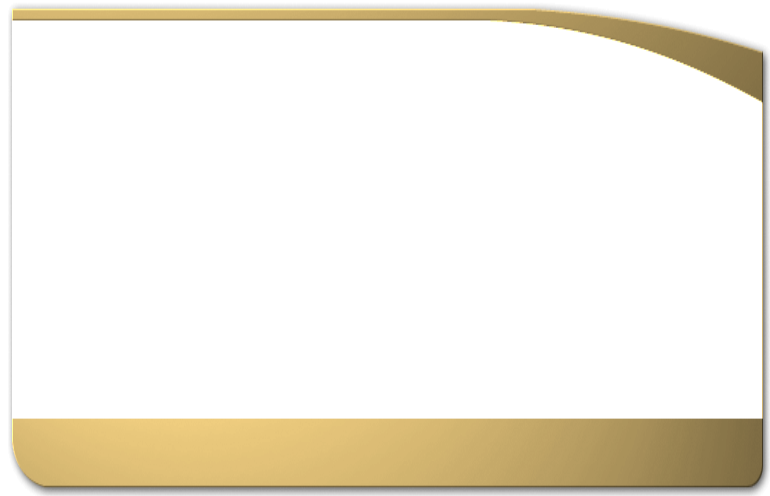


Noverre à Vienne (1767-1774, 1776) : entre désastre et triomphe
2011
Jean-Georges Noverre (1727-1810), un artiste européen au siècle des Lumières


Sibylle Dahms
Université de Salzbourg, Institut de musicologie

After his brilliantly successful career at the court of Württemberg in Stuttgart Noverre’s engagement as a ballet master at the Vienna theatres started with problems yet unknown to him. For his opening ballets in autumn 1767 he learned to know the censorship of the so-called “morality commission” installed by the Empress Maria Theresia. In theatre matters, censorship was mostly supervised by the writer Joseph von Sonnenfels who, however, soon turned to be one of Noverre’s most ardent admirers. More serious problems for Noverre’s ballet productions resulted from the economic restrictions imposed on him by Giuseppe d’Afflisio, the director of the Vienna theatres. Some of Noverre’s letters directed to chancellor prince Kaunitz-Rietberg inform us about his troublesome situation. His creative work suffered from the extremely modest stage equipment and in particular the loss of most of his first and most qualified dancers, which even made him think of resigning his Vienna post. At this crucial point he activated one of his most remarkable talents: by means of his unique gift as a dance pedagogue he was able to generate within an incredibly short time a young and extremely effective ballet company with whom he created from the early 1770s onwards a considerable number of his most important “ballets en action” like Agamemnon vengé (1771), Adèle de Ponthieu (1773), Les Horaces et les Curiaces (1774) etc., which were received by the Viennese audience with enthusiasm and also contributed to his lasting fame.
